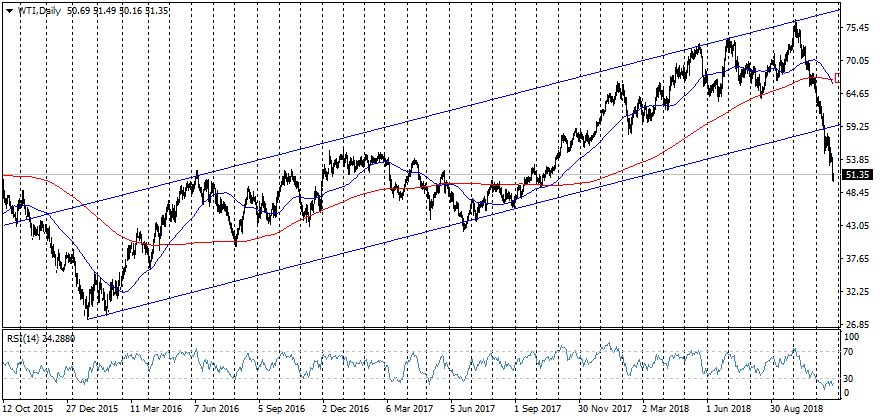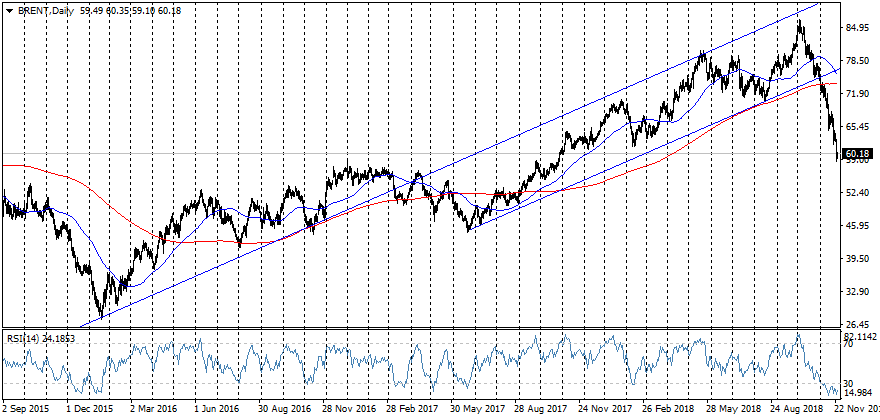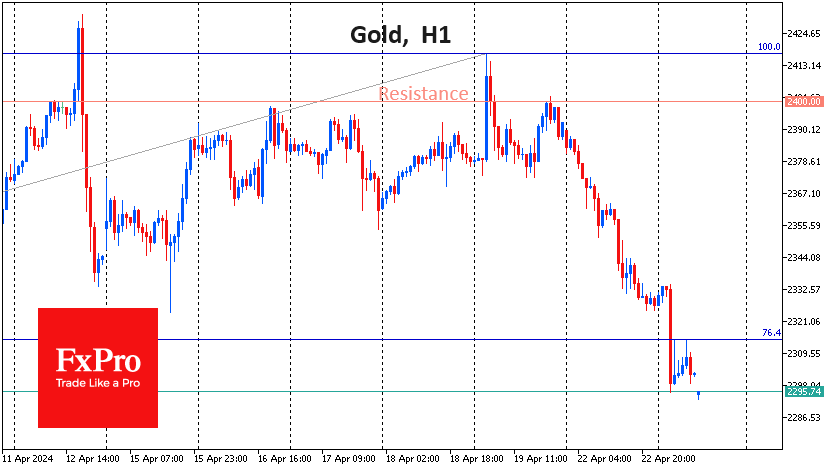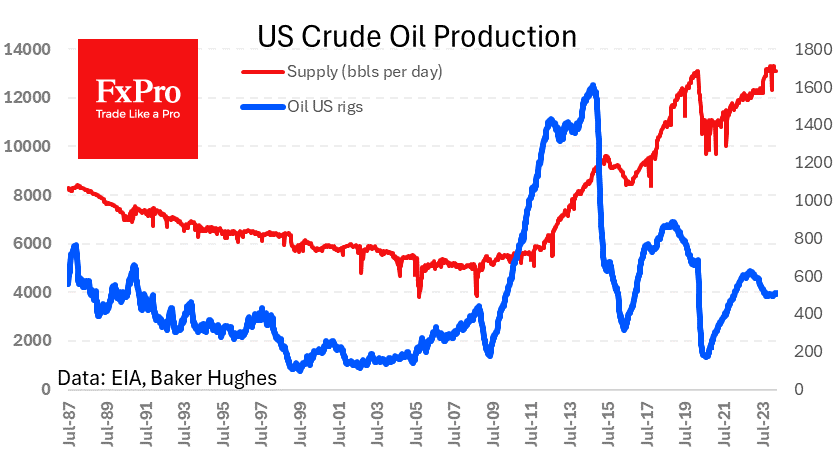FxPro: What can stop Crude Oil’s decline?
November 26, 2018 @ 16:35 +03:00
In just a week, oil fell by 12%. Since its peak level in October, oil has lost almost a third of its value. This decline has not remained unnoticed in the global markets, as S&P 500 closed last week at lows seen back in May.
Although cheaper crude oil may spur economic growth, its abrupt collapse has caused a chain reaction dragging down other risky assets, such as the shares of the energy sector and major stock indices. Such situation was also evident back in 2014. The sharp oil collapse was a result of various driving forces acting simultaneously including the growth production, the slowdown of consumption growth and the tightening of еру U.S. monetary policy. The latter had jumpstarted the decline in oil in October.
The market has previously been considered overheated, but Fed’s stance in support of raising the rate above neutral level, has shifted all attention to the imbalance of supply and demand. This decrease was thereafter accelerated at the time when Iran’s decline in production was not as strong as feared, and those wishing to get Iran’s market shares were lined up in a long line.
During this morning, oil has been trying to return back to the round levels of $60 for Brent and $50 for WTI. However, at the moment there were no driving forces that allow oil to turn to back to growth, as seen in 2016:
- Some of the largest producers are still struggling for market share by increasing their supply;
- Key regions of consumption – Europe, USA, Asia – are slowing down their growth rate;
- Central banks are not in a hurry to abandon plans for tightening policies.
Although Powell from the Fed highlighted the opportunity to pause the tightening policy that weakened the dollar and reduced the yields of U.S. debt, such measures are unlikely to be enough to lift crude prices and it may thus plummet to the bottom again. Let me remind you, in 2016, only the promise to cut off excessive supply from OPEC and Russia has stabilized the market. Parallelly, the Fed, the ECB and the Bank of Japan took a softer stance in the monetary policy, while Asian countries enjoyed increased growth. These factors have driven Crude Oil to g rowth. But by now, we don’t have any.









